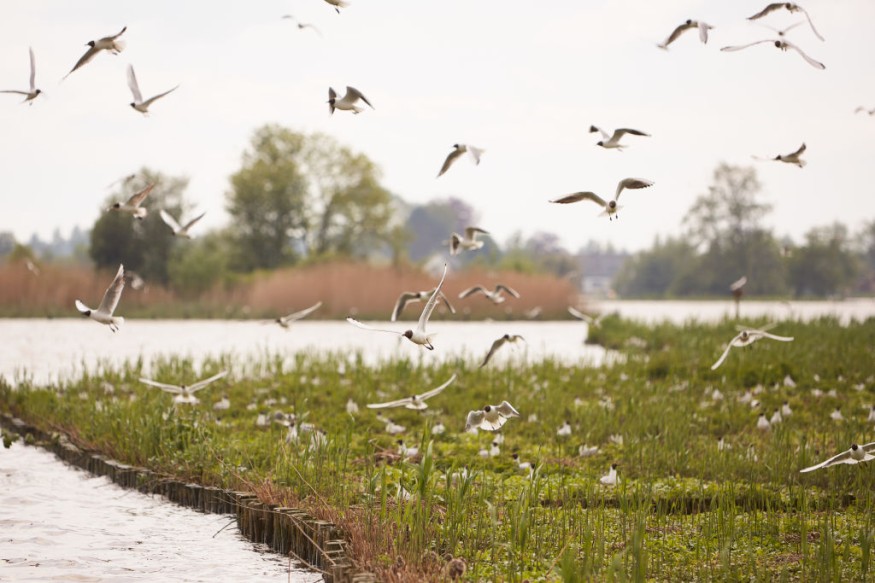The latest report discovered that restoration of rat-free islands, or removal of invasive rats, can potentially help restore native vegetation, helping breeding seabirds to repopulate more.
One of the main concerns in remote tropical islands is the arrival of invasive rats. These rats can significantly damage seabirds' habitats and breeding grounds. According to reports, invasive species can overwhelm and disrupt the reproductive success of native animals.
Addressing the pressing concerns of seabirds can offer new insights into these species and prevent population decline amidst the growing concerns of climate change and other external threats.
Invasive Rats Threat to Native Seabird populations

In a report published on June 18, researchers discovered good news for seabird populations. The findings highlight that removing invasive rats and restoring native vegetation can significantly support hundreds of thousands of breeding pairs of seabirds on remote islands or archipelagos.
International researchers who studied the benefits of rat-free islands published a report in Conservation Biology. The researchers emphasized the devastating impacts of these rates on native birds.
Another finding is fish availability in these remote areas. This ensures the survival of seabird populations, which is a key for island restoration initiatives.
Protecting seabirds' fish sources is also crucial, as it meets their energy and nutrient needs, particularly in the Chagos Archipelago. The researchers conducted prey fish quantities that support the available prey for the said birds.
In addition, the study observed three different projected scenarios when invasive rats were removed from 25 islands and natural habitats, which findings are significant for island restoration.
The restoration benefits different species and breeding pairs of seabirds, and recovery could increase to 24,000 pairs nearby. In this way, the population of seabirds will increase to 25 islands.
Another aspect of the success is native vegetation restoration. Native habitats are crucial for seabirds for finding prey and breeding. The researchers suggested if native vegetation were restored to half of the surface area, it would benefit over 83,000 breeding pairs.
However, when restoration reached three-quarters of these islands' area, breeding pairs could reach 280,00 pairs. The increasing trend is linked to massive island restoration.
Why Seabirds are Important for the Environment?
According to the report, seabirds play a crucial role in the environment by cycling nutrients from the deep oceans and coral reefs. When the seabird population increases, coral reefs will benefit, supporting lives under the oceans due to a signficant increase in fish biomass on the reefs.
The report explained that the restored conditions can benefit grazing fish and parrotfish. These fish species are important for removing dead coral and eating algae.
In addition to invasive species, seabirds are threatened by climate change, temperature fluctuations, habit loss, predation, and plastic pollution.
Read also: Insect Invasion: Emerald Ash Borer Detected in Multiple Counties, Threatening Texas Trees
For more similar, don't forget to follow Nature World News.
© 2025 NatureWorldNews.com All rights reserved. Do not reproduce without permission.





